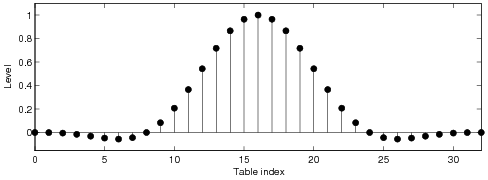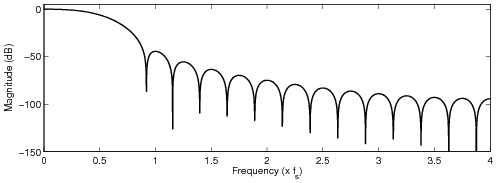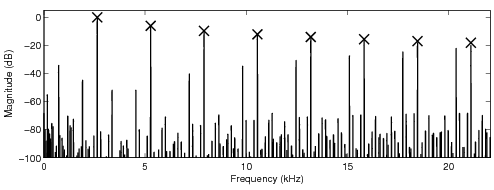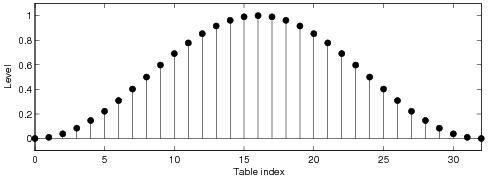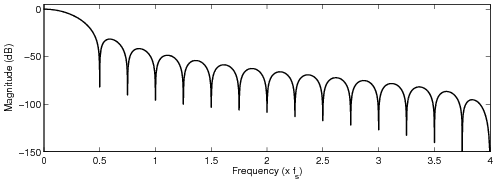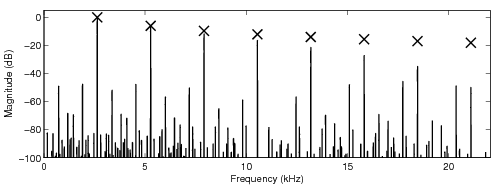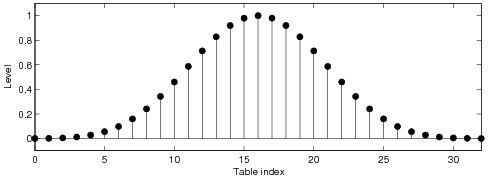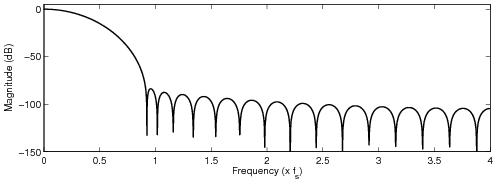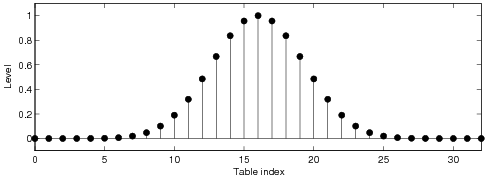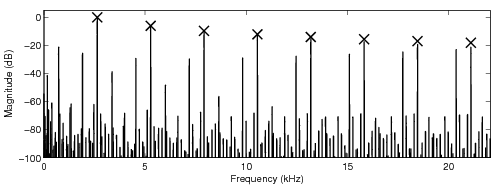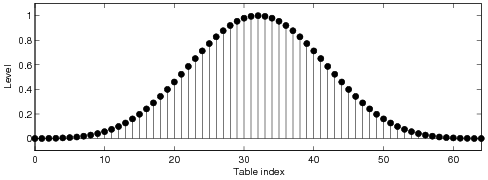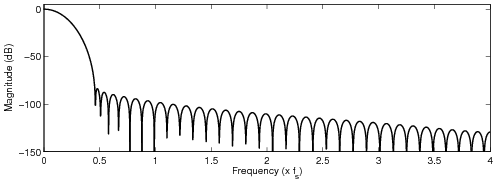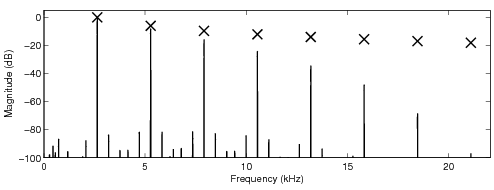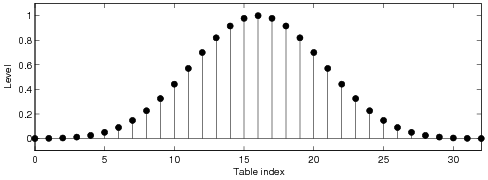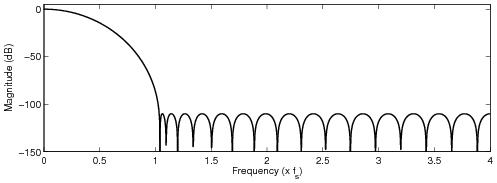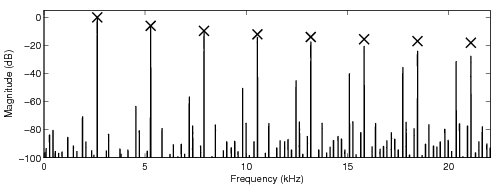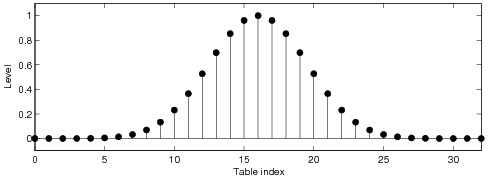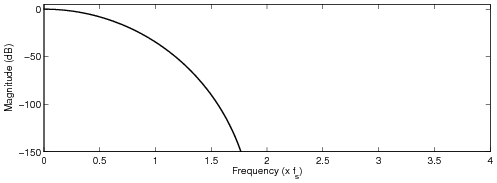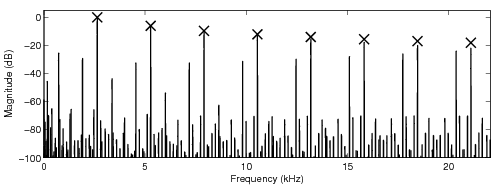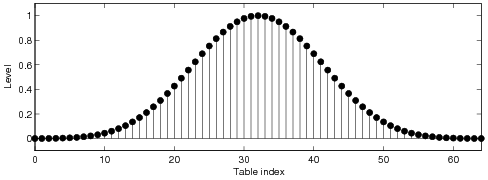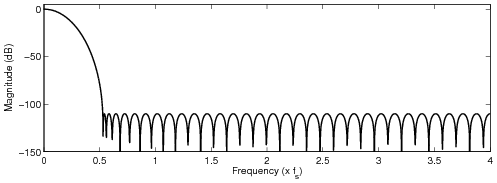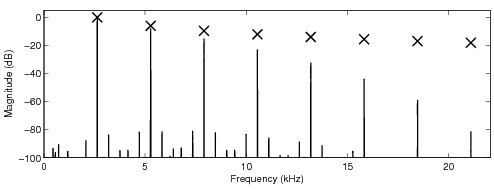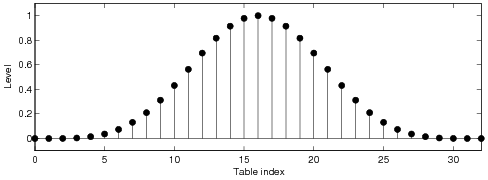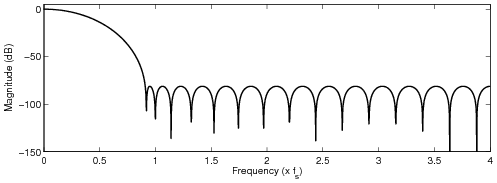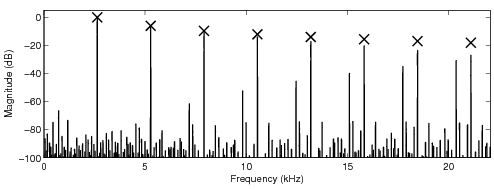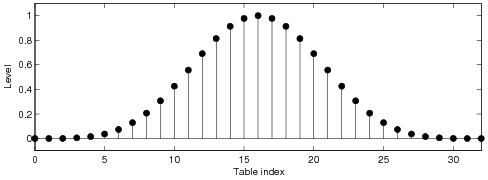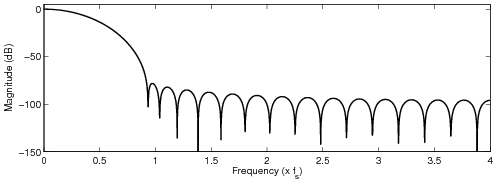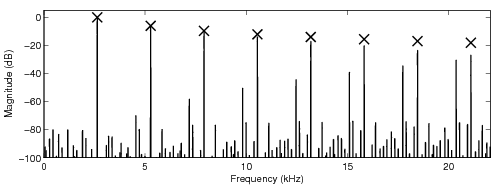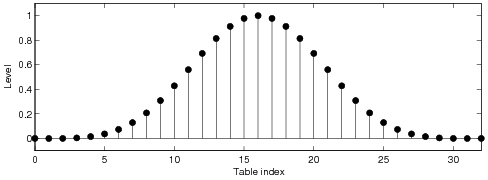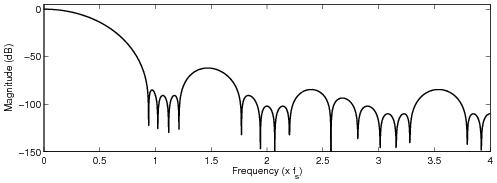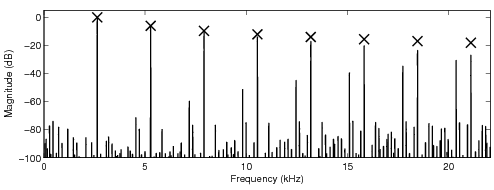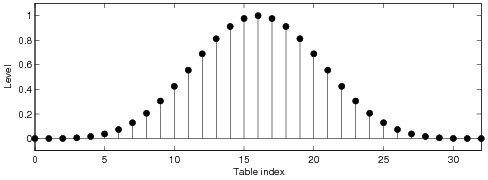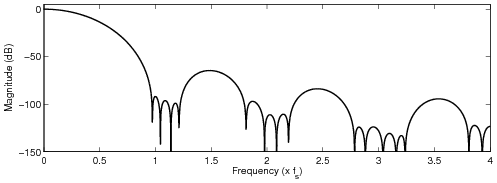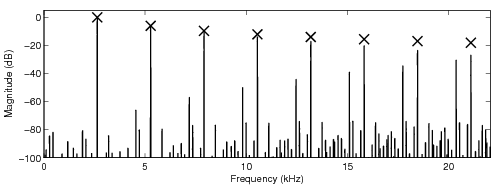Abstract
In quasi bandlimited classical waveform oscillators, the aliasing distortion present in a trivially
sampled waveform can be reduced in the digital domain by applying a tabulated correction function.
This paper concerns an approach that applies the correction function in differentiated domain by
synthesizing a bandlimited impulse train (BLIT) that is integrated to obtain the desired bandlimited
waveform. The ideal correction function of the BLIT method is infinitely long and in practice it
needs to be truncated and windowed. In order to obtain a good alias reduction performance, long
tables are typically required. It is shown that when a short look-up table is used, a windowed ideal
correction function does not provide the best alias reduction performance. Instead, a better alias
reduction performance can be obtained with a look-up table that has a parametric control over the
low-order generations of aliasing. Some practical parametric look-up table designs are discussed in
this paper, and their use and alias reduction performance are exemplified. The look-up table designs
discussed in this paper that provide the best alias reduction performance are parametric window
functions and the least-squares optimized multi-band FIR filter designs. The presented look-up
tables and sound examples on their alias reduction performance can be found from
http://www.acoustics.hut.fi/go/dafx10-optosctables/.
Keywords
Subtractive sound synthesis, oscillator algorithms, bandlimited impulse synthesis, look-up table
design
Files
Demos
In the following sound examples, the fundamental frequency of the sawtooth waveform is 2.673 kHz.
A sampling frequency 44.1 kHz was used. The number of samples the look-up tables modify is four (4)
if not stated otherwise, and an oversampling factor eight (8) is used in all tables. The other
parameters for the look-up table are given before the sound examples. The crosses in the sawtooth
spectra indicate the desired levels of the harmonics of the ideal bandlimited sawtooth waveform.
References
The cutoff frequency was set to the Nyquist frequency.
Plain Hann window
Kaiser windows
Modifies four (4) samples, minimum stopband attenuation 110 dB
Modifies four (4) samples, minimum stopband attenuation 220 dB
Modifies eight (8) samples, minimum stopband attenuation 110 dB
Chebyshev windows
Modifies four (4) samples, minimum stopband attenuation 110 dB
Modifies four (4) samples, minimum stopband attenuation 220 dB
Modifies eight (8) samples, minimum stopband attenuation 110 dB
Optimized FIR filter designs
All the following examples modify four (4) samples. The maximum allowed passband attenuation was set
to 6 dB at 15 kHz, and the stopband was set from 5 kHz below the sampling frequency to the upsampled
Nyquist frequency. In the frequency-weighted designs, more weight was given for the stopband
frequencies that fold back between DC and 10 kHz. Moreover, a spectral tilt was included in the
frequency-dependent weight, see the paper for detailed discussion.
Minimax optimization, no frequency weighting
Least-squares optimization, no frequency weighting
Minimax optimization, with frequency weighting
Least-squares optimization, with frequency weighting
|


